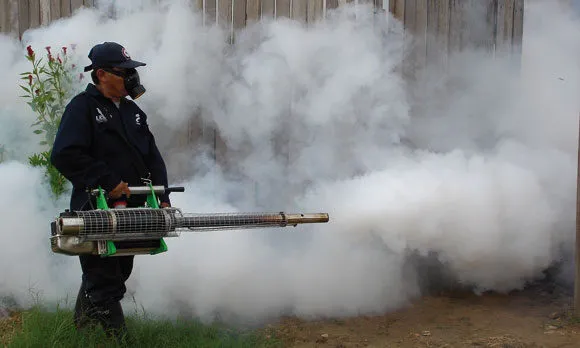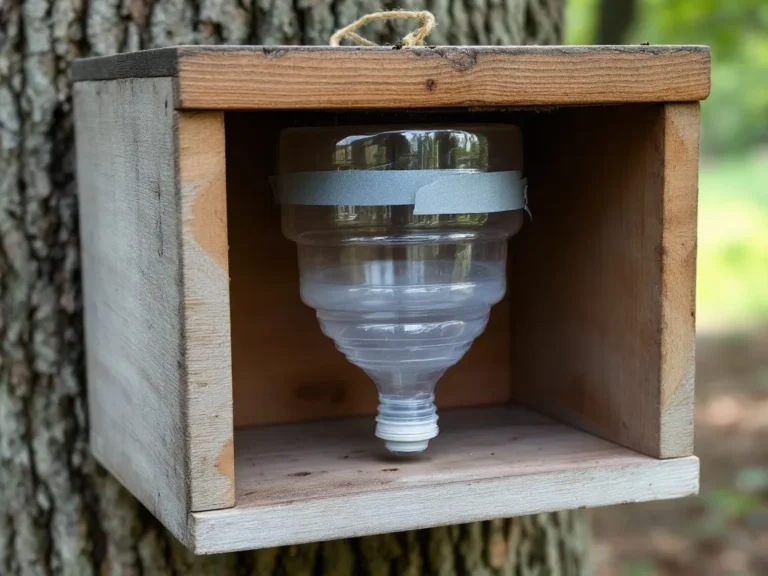The decline of native bee populations has become a growing concern, raising alarms about the future of biodiversity and agriculture. Native bees, often overshadowed by the more commonly known honeybees, play a crucial role in pollinating wild plants and crops. However, recent studies have highlighted that traditional pest management practices are significantly contributing to their decline. This post dives into the challenges faced by native bees, the impact of current pest control methods, and the urgent need to rethink how we manage pests to create a safer environment for these vital pollinators.
The Threat to Native Bees: More Than Just Habitat Loss
While habitat loss and climate change are well-known threats to native bee populations, the adverse effects of pest management have often been underestimated. Native bees, unlike honeybees, have specific nesting and foraging requirements, making them more susceptible to the harmful effects of pesticides and other pest control practices. For instance, ground-nesting bees can be directly exposed to pesticides sprayed on soil, while pesticide drift can contaminate flowering plants that bees rely on for food.
Studies have shown that even low levels of pesticide exposure can affect the foraging behavior, reproduction, and overall health of native bees. The widespread use of neonicotinoids and other systemic insecticides is particularly harmful, as these chemicals persist in the environment and can be absorbed by plants, making their pollen and nectar toxic to bees.
Rethinking Pest Management: A Sustainable Approach
To protect native bee populations, it’s crucial to rethink pest management strategies. Integrated Pest Management (IPM) offers a more sustainable approach, emphasizing the use of non-chemical methods as the first line of defense. IPM strategies include monitoring pest populations, using biological controls such as natural predators, and selecting pest-resistant plant varieties. When chemical controls are necessary, IPM recommends choosing targeted, low-toxicity options and applying them in ways that minimize exposure to non-target species, including bees.
Another effective strategy is the use of habitat restoration and diversification. Creating buffer zones with native plants and wildflowers not only provides food and nesting sites for bees but also supports a variety of beneficial insects that can help control pest populations naturally. By fostering a balanced ecosystem, we can reduce the need for chemical interventions and create a more resilient environment for native bees.
The Role of Policy and Public Awareness
Policy changes are also essential in supporting bee-friendly pest management practices. Governments and regulatory bodies need to tighten restrictions on the use of harmful pesticides and promote the adoption of IPM and other sustainable practices. Public awareness campaigns can play a significant role in encouraging farmers, gardeners, and land managers to consider the impact of their pest control methods on pollinators.
Consumers can also contribute by supporting organic and sustainably-grown products that are less likely to be treated with harmful pesticides. By making informed choices, we can create a market demand for bee-friendly farming practices, encouraging more producers to adopt sustainable pest management techniques.
Final Toughts
Protecting native bee populations requires a holistic approach that includes rethinking our current pest management practices. By adopting sustainable strategies like Integrated Pest Management, restoring habitats, and supporting policy changes, we can create a safer environment for native bees and ensure the continued health of our ecosystems. As we move forward, it’s crucial to remember that every action we take to protect native bees is a step towards safeguarding our own food security and the planet’s biodiversity.
For more details, read the full article here.





